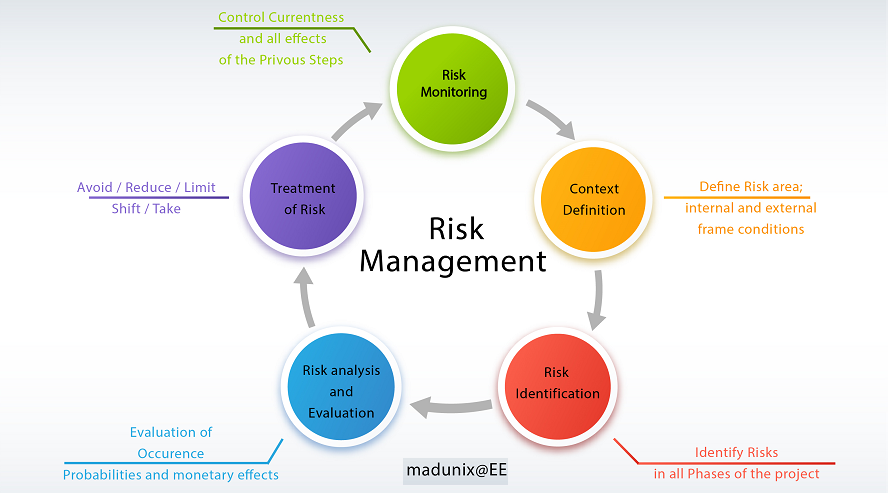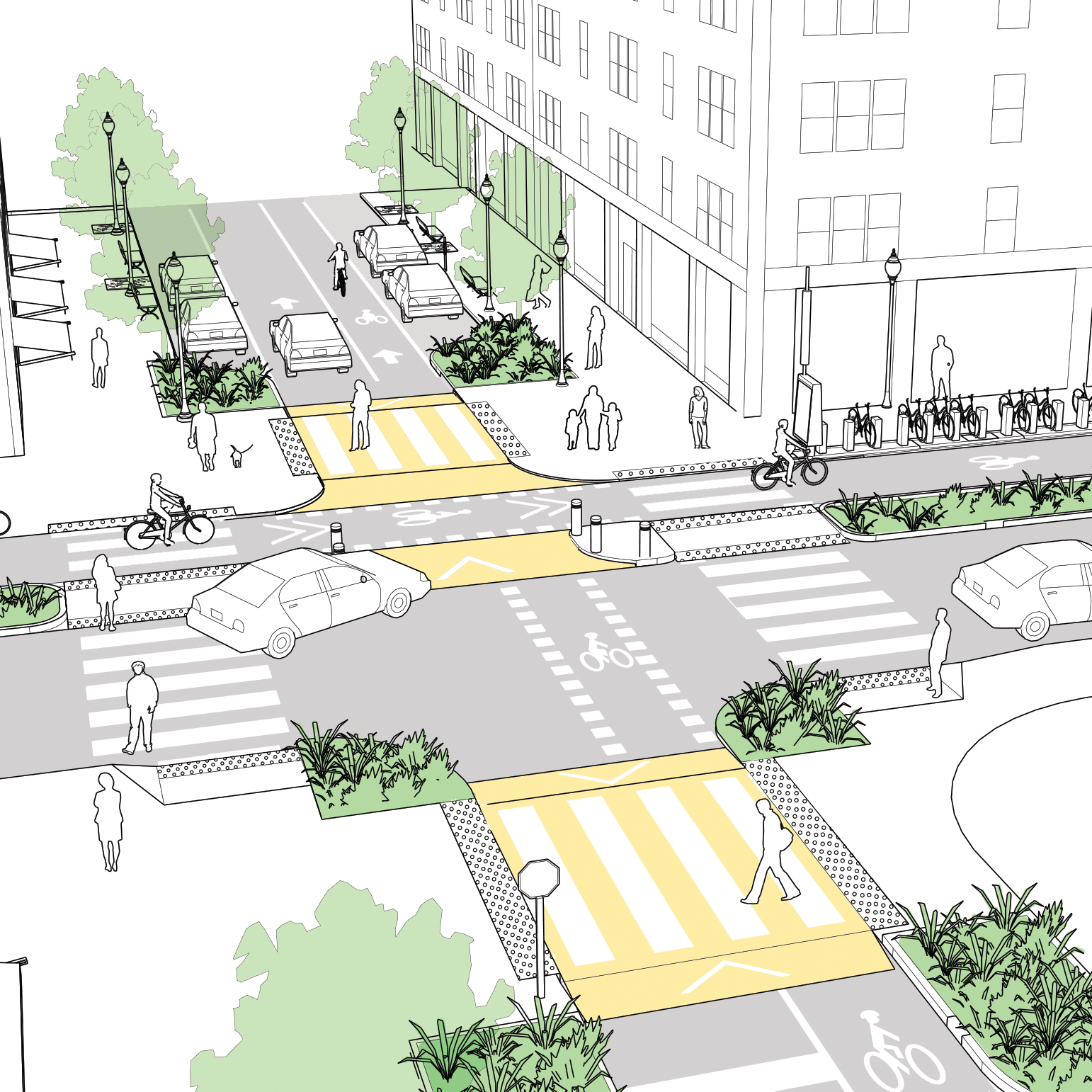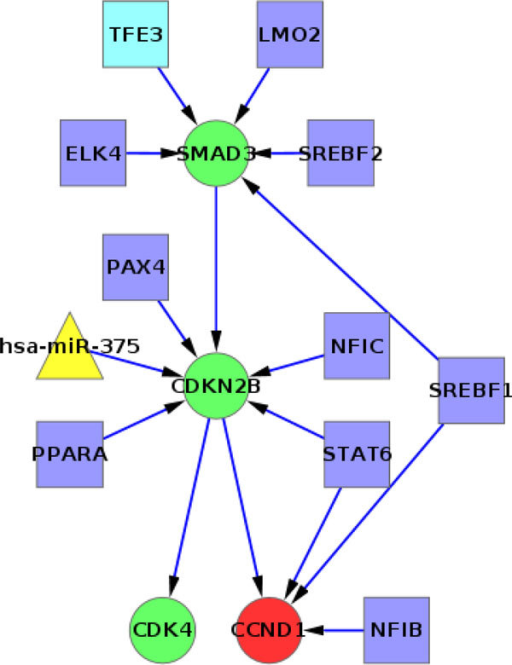

Which is why most use a project management software to create a network diagram. But if you have a complex project plan with a lot of activities, it’s not only complex to create a network diagram but it’s also complex and time-consuming to keep it up to date. For smaller projects with a smaller number of activities such as our teambuilding event, it’s feasible. The network analysis is a very precise method but that means that it is also pretty complex. On the other hand, if you manage to complete a critical activity earlier than planned, you can decrease the duration of the project accordingly. It’s important the they keep a close eye on the activities on the critical path. This helps them to devise countermeasures from the start.

So the critical path determines the minimum project duration and enables the project manager to identify activities that are particularly risky should delays arise there. Then define the chronological order of the activities, i.e. Step 1: Define activities, durations and dependenciesĬreate a list of all your project activities and estimate their duration. We’ve talked a lot about the theory but how does a network analysis actually work and what do you have to do? We’ll show you step by step how it works using a sample project – a teambuilding event. Earliest and latest start and end dates, as well as the duration of activities.

The network analysis enables the project manager to take into account various aspects when creating a project plan: Bar charts such as Gantt charts are a special type of network. A network diagram also takes into account the chronological order of activities and uses dependencies to display them. But there is an important difference between the two: A work break down structure enables you to view the project independently from its schedule and you visualize logical relationships in a hierarchical tree diagram. People often use the terms Work Breakdown Structure and a project network diagram synonymously. Arrows represent the dependency between the activities or events. In a network, nodes (rectangles) represent activities and events.


 0 kommentar(er)
0 kommentar(er)
